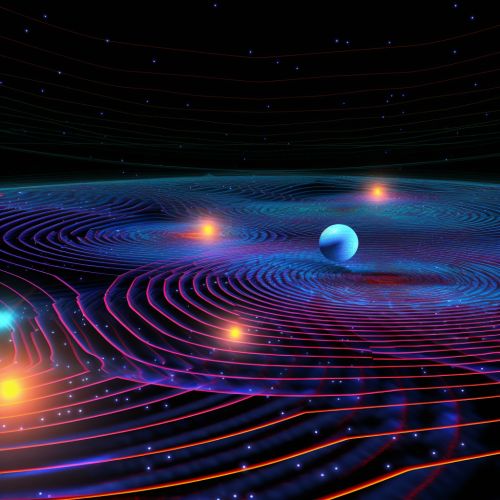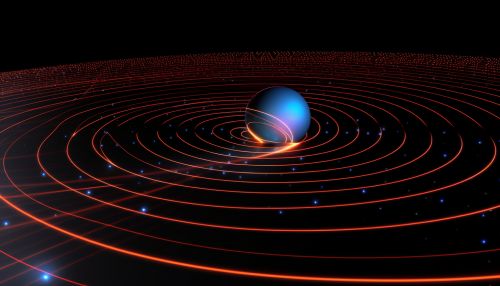The Physics of Quantum Mechanics in Quantum Gravity
Introduction
Quantum mechanics and quantum gravity are two fundamental pillars of modern physics. Quantum mechanics, the theory that describes the behavior of particles at the smallest scales, is a well-established and experimentally confirmed theory. Quantum gravity, on the other hand, is a theoretical framework that attempts to reconcile the principles of quantum mechanics with those of general relativity, the theory that describes gravity.
Quantum mechanics is a branch of physics that deals with phenomena on a very small scale, such as molecules, atoms, and subatomic particles like electrons and photons. It is a theory that describes the behavior of these particles, including their dynamics and interactions. Quantum mechanics is characterized by wave-particle duality, the uncertainty principle, and the superposition principle.
Quantum gravity, on the other hand, is a field of theoretical physics that seeks to describe gravity according to the principles of quantum mechanics. It is an attempt to reconcile the theories of general relativity and quantum mechanics into a single, unified theory. Quantum gravity is still a largely speculative field, with several competing approaches and no experimental evidence to date.
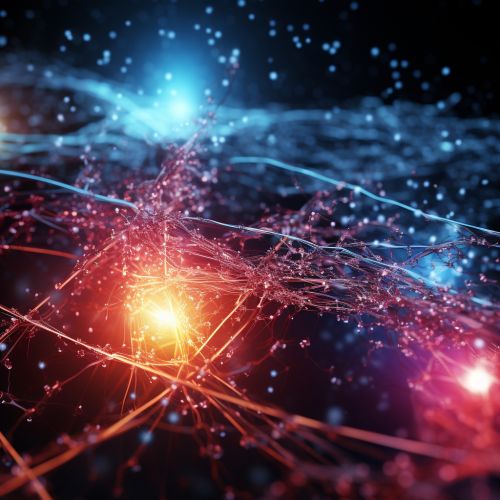
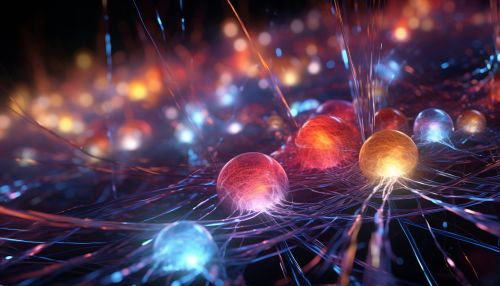
Quantum Mechanics
Quantum mechanics is based on the wave function, a mathematical function that describes the quantum state of a system. The wave function evolves according to the Schrödinger equation, a fundamental equation in quantum mechanics. The wave function can be used to calculate the probability distribution of a particle's position, momentum, and other physical properties.
One of the key principles of quantum mechanics is the superposition principle, which states that a physical system can be in multiple states at the same time. This is in stark contrast to classical physics, where a system can only be in one state at a time.
Another key principle is the uncertainty principle, which states that it is impossible to simultaneously know the exact position and momentum of a particle. This is not due to any limitations in measurement, but a fundamental aspect of nature.
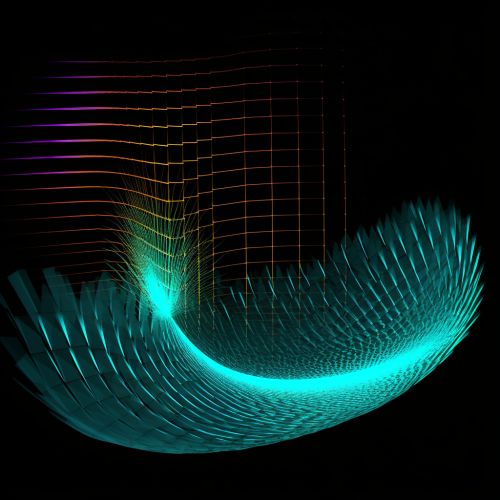
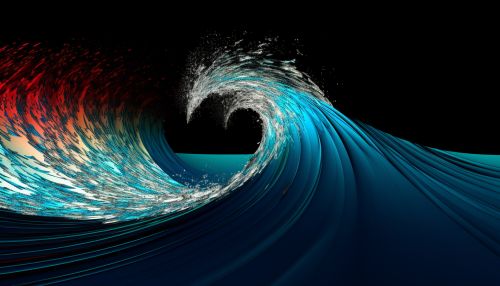
Quantum Gravity
Quantum gravity is an attempt to reconcile the theories of general relativity and quantum mechanics. General relativity is a theory of gravity that describes it as a curvature of spacetime caused by mass and energy. However, it is a classical theory and does not take into account the principles of quantum mechanics.
In quantum gravity, gravity is described in terms of quantum particles called gravitons. Gravitons are hypothetical particles that mediate the force of gravity. They are analogous to photons, the particles that mediate the electromagnetic force.
There are several approaches to quantum gravity, including string theory, loop quantum gravity, and quantum field theory in curved spacetime. However, none of these approaches have been experimentally confirmed.

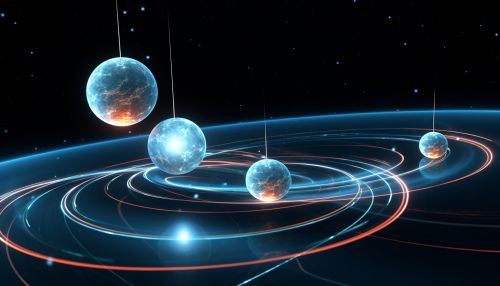
The Physics of Quantum Mechanics in Quantum Gravity
The physics of quantum mechanics in quantum gravity involves the application of the principles of quantum mechanics to the gravitational field. This involves quantizing the gravitational field, just as the electromagnetic field is quantized in quantum electrodynamics.
In quantum electrodynamics, the electromagnetic field is described in terms of photons, which are quantum particles. Similarly, in quantum gravity, the gravitational field is described in terms of gravitons.
However, there are several challenges in applying quantum mechanics to gravity. One of the main challenges is the problem of non-renormalizability. In quantum field theory, renormalization is a technique used to deal with infinities that arise in the calculations. However, gravity is non-renormalizable, which means that the infinities cannot be removed.
Another challenge is the problem of time. In quantum mechanics, time is treated as an external parameter. However, in general relativity, time is intertwined with space and is affected by gravity.
Despite these challenges, there has been some progress in the field of quantum gravity. For example, in loop quantum gravity, a theory that attempts to quantize spacetime itself, there are indications that the theory may be able to resolve the singularities that arise in general relativity.
